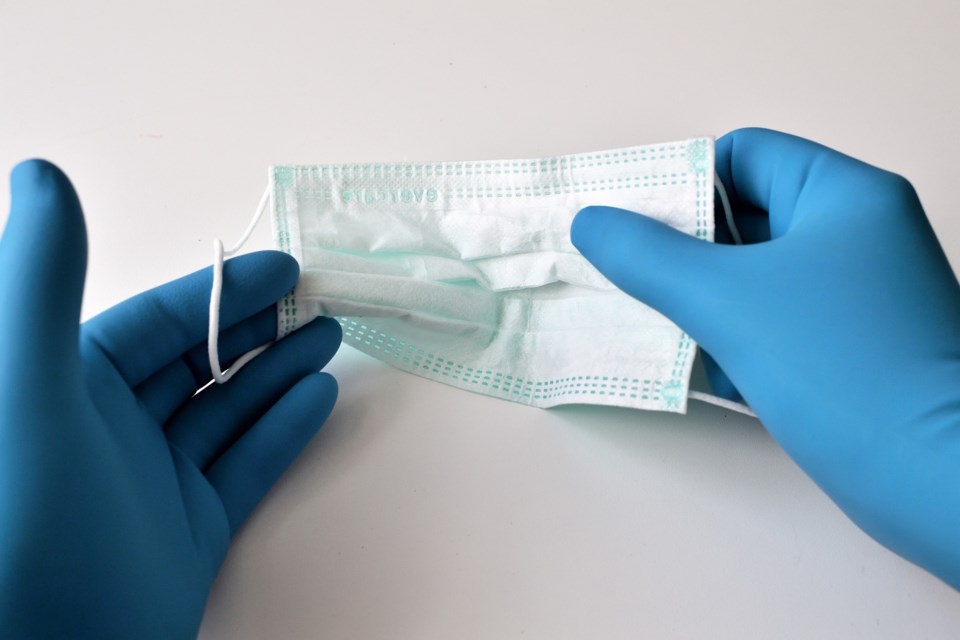A recent SafeCare BC survey of continuing care organizations shows that while the current supply of personal protective equipment (PPE) has improved from the critical shortages experienced in the spring, 82% report concern about their ability to maintain adequate PPE levels over the next three to six months.
Lack of availability (94%), cost (83%), and increased use of PPE (68%) were cited as the top-three barriers to maintaining an adequate supply.Of all sectors, home care organizations fared the worst in terms of 36% currently facing a critical shortage of PPE.
“While we are not at the same critical levels of PPE supply that we experienced a few months ago, it is concerning that a significant majority of continuing care organizations are concerned about their ability to maintain adequate PPE levels in the coming months,” says Jen Lyle, CEO, SafeCare BC. “Organizations should be focussed on providing great care, not worrying whether they will run out of PPE. This means the sector and government need to continue working together to ensure adequate levels of PPE for all healthcare workers.”
In response to the critical shortage of PPE, SafeCare BC launched its Operation Protect initiative, which in four months collected more than 1.2 million items of PPE from generous individuals and businesses. In addition, we sourced out new suppliers of PPE for our members. But the supply of donated PPE cannot be sustained, as the pandemic continues.
Survey Summary
- 286 respondents over a 24-hour period (August 11, 2020)
- Although PPE levels have improved since April, a significant majority (82%) remain concerned about their ability to maintain adequate PPE levels throughout the winter months.
- Lack of availability, cost, and increased use of PPE were cited as the top-three barriers to maintaining an adequate supply.
- 8%of care providers say they have three days or less of surgical masks. This is an improvement from the April 23 survey, in which 27% reported having three days or less.
- 63%report having no N-95 masks (39%) or only enough to last up to three days (24%). This does, however, compare favourably to the April 23 survey results in which 70% reported the same.
- 29% of care providers say they have no protective gowns (12%) or only a three-day supply (17%). This compares to the April 23 results, in which 29% had either no gowns or only a three-day supply.
- 18% of care providers have either no eye protection (12%) or only enough to last three days (6%). This compares to 32% of respondents in the April 23 survey.
- 29% of care providers anticipate running out of gloves within a week. This compares to the April 23 survey results, with 40% anticipating running out of gloves within a week.
- Just over half (22%) of respondents anticipate running out of hand sanitizer within a week. This compares to 51% as reported in the April 23 survey.
For all survey results, including sector and regional breakdown, visit https://www.safecarebc.ca/2020/08/13/ppe-survey-results-august-2020/



